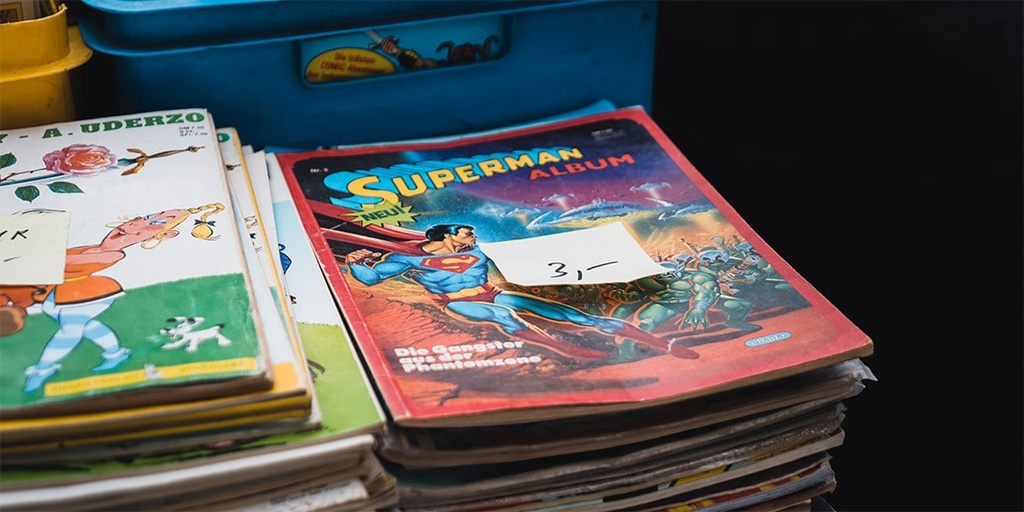Sell unused items
- Earth Points
- 45
- Ease
- Ambitious

Photo by Mika Baumeister Unsplash
Description
Imagine if every item we bought created virtually no new pollution. That is what you get when you buy used goods. Now, of course, it takes a buyer and seller to make it happen. Do you have unused stuff lying around that needs a new home? Perhaps it is time to join the fun of a circular economy.
By selling things second-hand, you give people more options to shop sustainably. It saves energy and resources (often polluting) of that item being created from scratch. Not to mention, you replace an unused object with cash and free up space in your place! Give it a try and see how it goes.
Tips
• It has never been easier in human history to sell used items. If you are already buying used items through an online platform, then that is an easy place to start. You generally know how it works.
• Otherwise, do some research online and talk to friends to get a sense of the best marketplaces for your area. Look for signs of lots of postings and buyers. The deeper the pool of people, the more likelihood of success.
• Generally speaking, there are marketplace options that focus on selling across the country (or even globally) or locally. For the former, you would box and ship items to buyers. For the latter, people will likely stop by your home to pick up what they have purchased from you.
• There are trade-offs between the two approaches. Shipping items out takes extra work and will likely cut into the money you make, but the buyer base is larger. When selling locally, people come to you, and you may even be able to leave items outside for buyers to pick up as they drop off money. Plus, it saves the emissions from shipping.
• If you want an even simpler way to unload unused items, look for sellers that specialize in re-selling items for you. They take care of all the work, but naturally, you get less money for your items from outsourcing the selling.
• Most importantly, figure out what works best for you! Learn and adapt as you go. That is a normal part of the journey.
• A few pointers to help you along:
-
Take good photos. This is often what sells the item and builds trust in what the buyer is getting.
-
Describe the item in detail. This helps attract people and gives them confidence in what they are buying.
-
Include useful keywords. People will likely find (or not find) your item through a specific word search.
-
Learn from others. See what other experienced sellers are doing and take note.
-
Disclose flaws. If there is any kind of flaw make sure it is photographed or mentioned. Most people do not care, but they certainly do not want to be surprised by it. Especially depending on the price.
-
Take measurements and include them in photos or the description. People often look for particular sizes, which is sometimes hard to gauge online.
-
See what other similar items are selling for to help determine the price you want to set.
-
Keep the original boxes and packaging for things you buy to increase the value of the items you sell in the future. It also makes it easier to send out.
